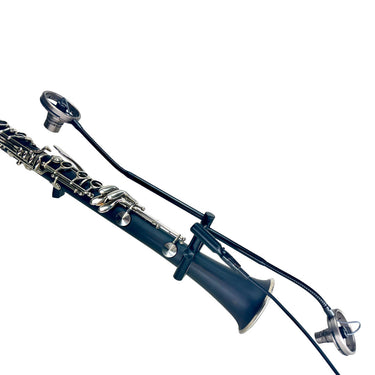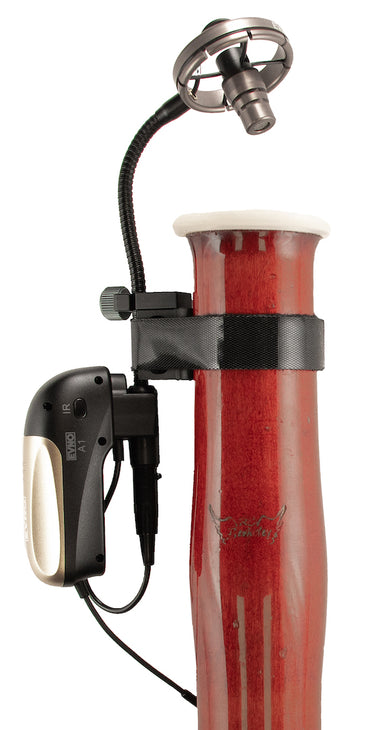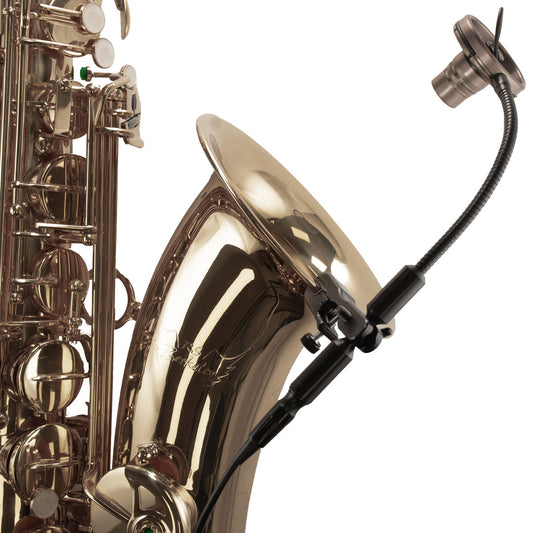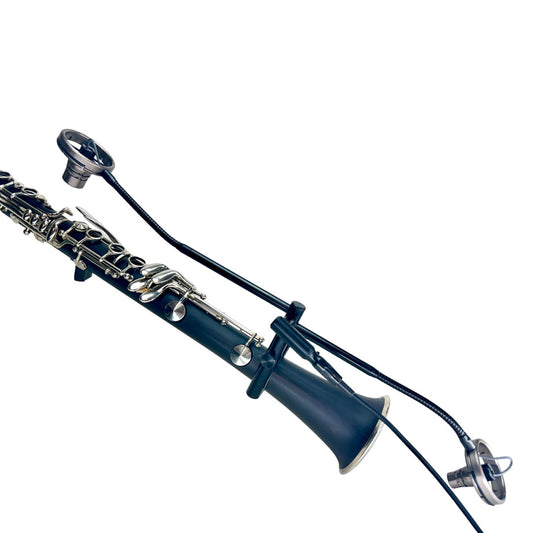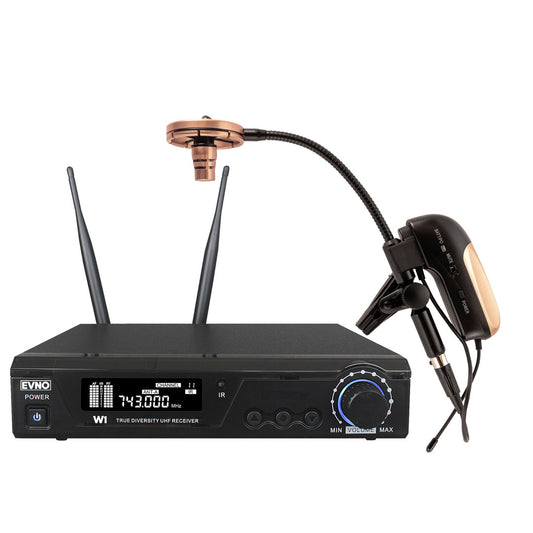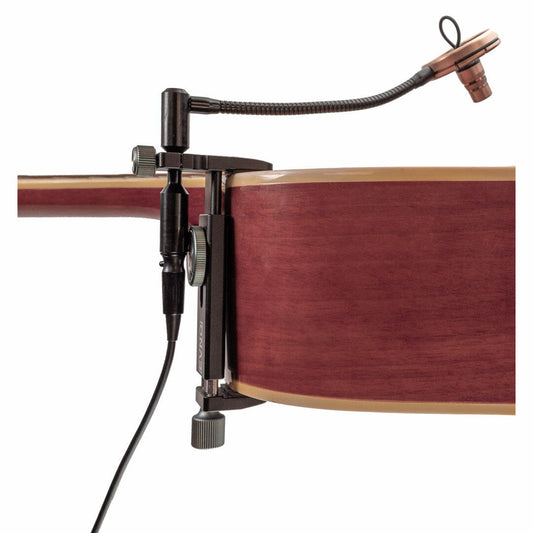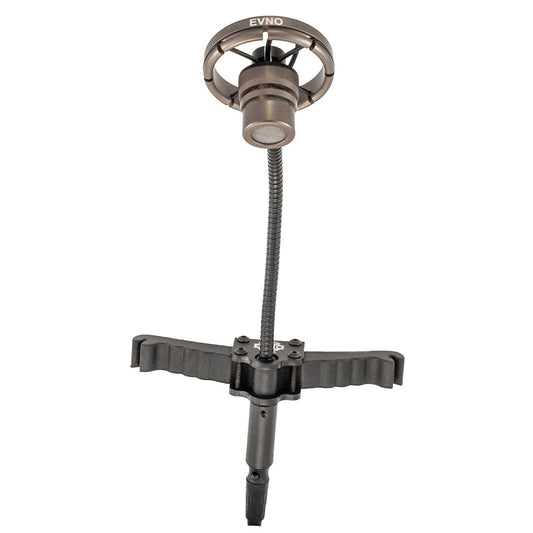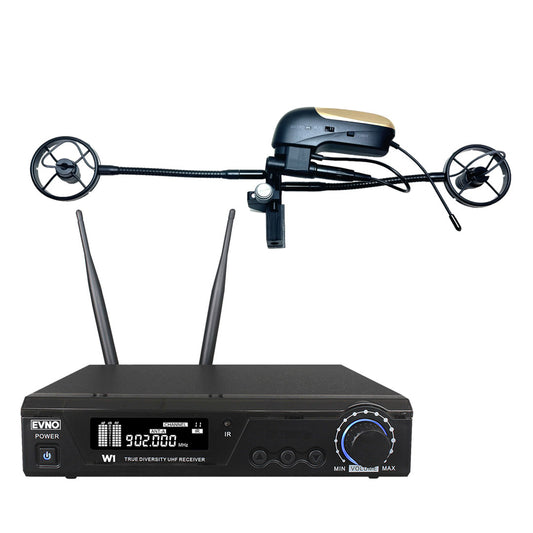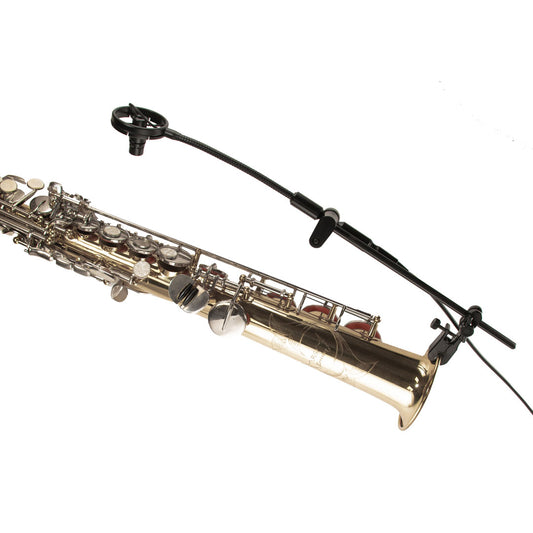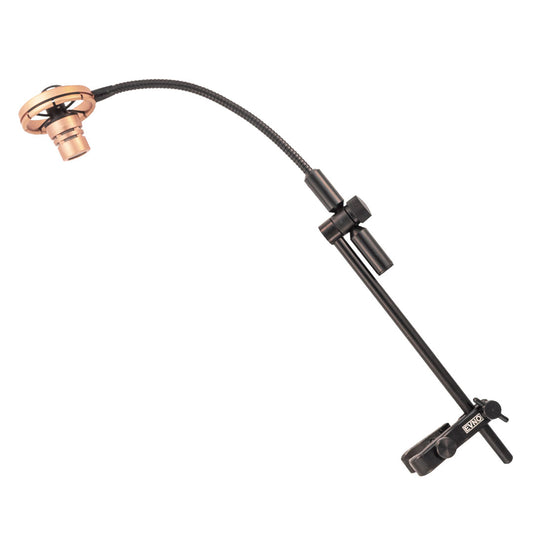Elevate Your Acoustic Sound: A Comprehensive Review of the Best Microphones for Guitarists
Introduction: Why Your Acoustic Guitar Deserves the Perfect Microphone
Every strum, harmonic, and fingerpicked nuance of your acoustic guitar tells a story. But without the right acoustic guitar microphone, that story gets lost in translation. Whether you’re recording in a studio or amplifying your sound live, choosing the best microphone transforms your acoustic presence from "good" to "jaw-dropping." In this guide, we dissect top microphones engineered to capture the warmth, clarity, and resonance of your instrument—helping you make an informed decision tailored to your needs.
Critical Factors When Choosing an Acoustic Guitar Microphone
1. Microphone Type: Condenser vs. Dynamic
- Condenser Mics: Ideal for studio settings. Capture high-frequency detail and transient responses. Requires phantom power.
- Dynamic Mics: Rugged, feedback-resistant. Perfect for live stages and high-SPL environments.
2. Polar Patterns: Directionality Matters
Choose based on your recording environment:
- Cardioid: Rejects rear noise (great for live shows).
- Omnidirectional: Captures ambient room sound (studio ambiance).
- Figure-8: Isolates dual sources (e.g., guitar + vocalist).
3. Frequency Response & Sensitivity
A flat response (20Hz-20kHz) ensures natural sound reproduction. Sensitivity impacts gain requirements—critical for quiet fingerstyle playing.
Top 5 Acoustic Guitar Microphones Reviewed
1. Shure SM81-LC (Condenser)
Best For: Studio Recording
- Pros: Ultra-flat response, switchable high-pass filter, handles high SPL.
- Cons: Requires phantom power.
- Why Guitarists Love It: Captures string articulation and body resonance flawlessly.
2. Sennheiser e906 (Dynamic)
Best For: Live Performances
- Pros: Super-cardioid pattern rejects feedback, rugged build.
- Cons: Slightly less detail than condensers.
- Secret Weapon: EQ switches tailor your tone mid-performance.
3. Audio-Technica AT4053b (Condenser)
Best For: Fingerstyle Nuance
- Pros: Hyper-cardioid pattern, exceptional off-axis rejection.
- Cons: Premium price point.
- Standout Feature: Transparent high-end sparkle without harshness.
4. Rode NT5 (Condenser Pair)
Best For: Stereo Recording
- Pros: Matched pair for XY miking, wide dynamic range.
- Cons: Requires 48V phantom power.
- Immersive Sound: Creates 3D depth for solo acoustic pieces.
5. Royer R-121 (Ribbon)
Best For: Vintage Warmth
- Pros: Smooth high-end, figure-8 pattern for natural room blend.
- Cons: Fragile; avoid high SPL.
- Magic Touch: Recreates analog "woody" tones beloved in folk/blues.
Pro Tip: Positioning Your Microphone
Place a condenser mic 6-12 inches from the 12th fret for balanced tone. Angle it toward the soundhole for warmth or the neck for brightness.
Budget vs. Premium: Where to Invest
- Under $100: Behringer C-2 (entry-level condenser pair).
- $100-$300: Shure SM57 (industry-standard dynamic).
- $300+: Neumann KM184 (studio-grade clarity).
Conclusion: Find Your Sonic Match
The perfect acoustic guitar microphone depends on your use case, environment, and tonal goals. For pristine studio work, condensers like the Shure SM81-LC reign supreme. For gig-ready durability, dynamic mics like the Sennheiser e906 excel. Remember:
1. Match the mic type to your application (studio vs. stage).
2. Prioritize polar patterns that combat noise.
3. Test positioning—small adjustments drastically alter tone.
Ready to transform your acoustic sound? Explore our top picks and hear your guitar like never before.







